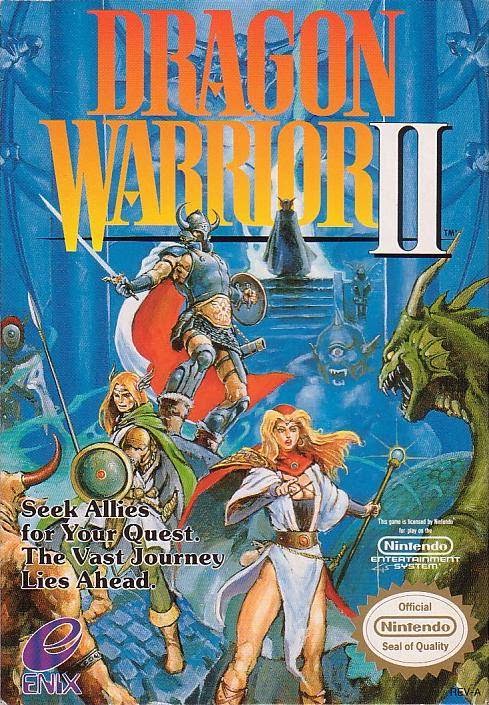As promised, I've now had a look at the results of your votes (they weren't that many, but no matter) and among the genres listed console RPGs came out on top with the smallest possible margin.
EDIT: By request, here's a [URL="http://www.escapistmagazine.com/forums/read/9.857032-Poll-Thinking-about-starting-a-chronicle-thread#21233643" (title,target)]link[/URL] to the thread with the poll.
I will thus begin chronicling titles among console RPGs in this thread, hoping that it will garner some appreciation among the dwellers on this forum. As said in the previous thread, feel free to add mini-reviews and anecdotes regarding the games covered below.
But first things first. A short demarcation might be in order. Since this thread will be chronicling console RPGs I will first and foremost put focus on games that originated on gaming consoles. Thus games like Ultima, Diablo and The Elder Scrolls will not be featured here.
I realize that sooner or later I will have to make a decision on what to do with titles developed with multi-platform releases in mind, and the same goes for digitally distributed indie titles and such. But I'll get back to that at a later point.
Very well, without any further ado. Here's our first game:

Title: Dragonstomper
Developer: Starpath
Platform: Atari 2600
Release Date: 1982
Comment: Developed and published by Starpath, this was the first salvo fired in the role-playing game genre's invasion of home consoles.
In Dragonstomper you play as a dragon hunter who is pursuing a quest for a king to defeat a dragon and reclaim a stolen magical amulet. The game featured a large overworld which the player could explore freely. Enemies appear by random encounters and combat is turn-based. Once defeated, enemies drop items which can either be equipped or sold in villages in order to buy other useful objects. Interestingly, the game doesn't seem to incorporate an experience system. Instead stats (Strength and Dexterity) are raised or lowered by the various items one finds. Finally, the developers also apparently tried to include obstacles which could be overcome in multiple ways.
EDIT: By request, here's a [URL="http://www.escapistmagazine.com/forums/read/9.857032-Poll-Thinking-about-starting-a-chronicle-thread#21233643" (title,target)]link[/URL] to the thread with the poll.
I will thus begin chronicling titles among console RPGs in this thread, hoping that it will garner some appreciation among the dwellers on this forum. As said in the previous thread, feel free to add mini-reviews and anecdotes regarding the games covered below.
But first things first. A short demarcation might be in order. Since this thread will be chronicling console RPGs I will first and foremost put focus on games that originated on gaming consoles. Thus games like Ultima, Diablo and The Elder Scrolls will not be featured here.
I realize that sooner or later I will have to make a decision on what to do with titles developed with multi-platform releases in mind, and the same goes for digitally distributed indie titles and such. But I'll get back to that at a later point.
Very well, without any further ado. Here's our first game:

Title: Dragonstomper
Developer: Starpath
Platform: Atari 2600
Release Date: 1982
Comment: Developed and published by Starpath, this was the first salvo fired in the role-playing game genre's invasion of home consoles.
In Dragonstomper you play as a dragon hunter who is pursuing a quest for a king to defeat a dragon and reclaim a stolen magical amulet. The game featured a large overworld which the player could explore freely. Enemies appear by random encounters and combat is turn-based. Once defeated, enemies drop items which can either be equipped or sold in villages in order to buy other useful objects. Interestingly, the game doesn't seem to incorporate an experience system. Instead stats (Strength and Dexterity) are raised or lowered by the various items one finds. Finally, the developers also apparently tried to include obstacles which could be overcome in multiple ways.







